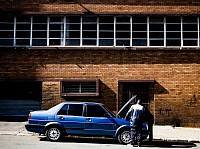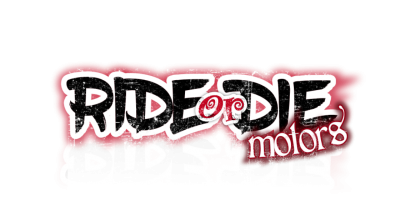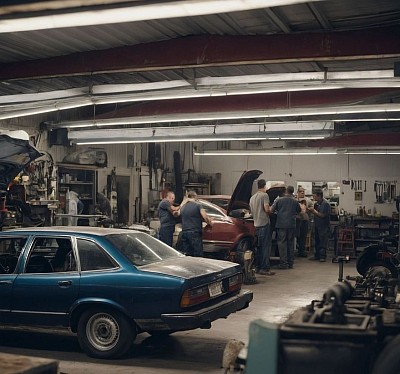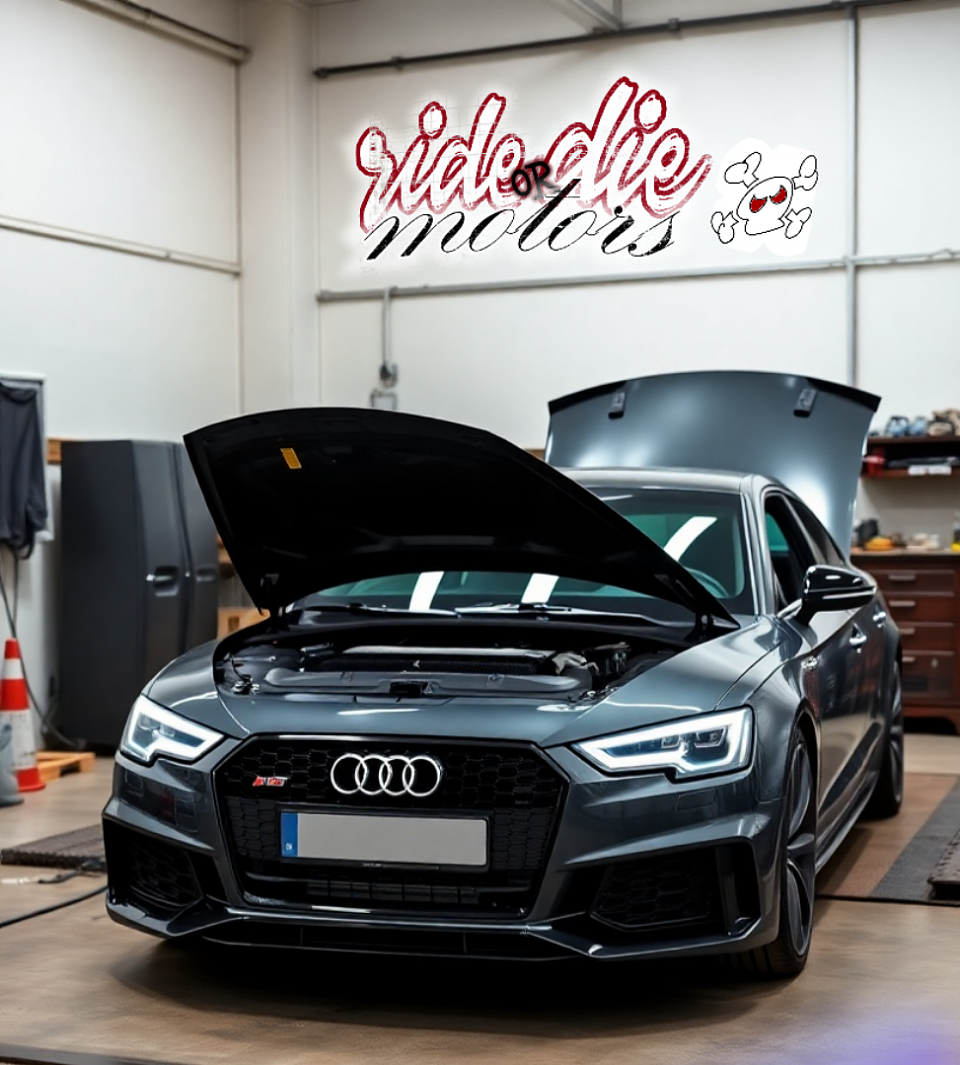All makes and models. Auto repair, parts, used vehicles, road side assistance, mobile mechanics. Anything cars we got you!
NEED ASSISTANCE???
Broke down and need us to come save you? Call or text anytime
(503)405-5402
If we can't get it going we will tow you ourself anywhere you want.
AUTOMOTIVE REPAIR
All makes and models are welcome at Ride or Die Motors. Our certified mechanics are experienced with nearly every vehicle, from Chevy and Ford to Toyota, Honda, BMW, Audi, Volkswagen, and more. We truly believe that we have some of the best mechanics in the world; there is nothing we can't fix.
We offer quick diagnostics that are completely free if we can identify the issue within 15 minutes or less. Our additional charges are very reasonable. We guarantee that we can fix your car for a fraction of the price your local dealer or auto repair shop would charge.
Stop by today or give us a call, and we can come to you. Ride or Die Motors has your back!
CAR WONT START? (TROUBLESHOOTING)
If your car refuses to start, don't panic! Here are the steps you should follow to diagnose the problem:
1. Check the Battery:
- Ensure your battery is charged. Turn on your headlights; if they're dim or don’t light up, your battery may be dead.
- Look for any corrosion on the battery terminals, which can prevent a proper connection.
2. Listen for Sounds:
- When you turn the key, listen for a click or any sound. A clicking noise may indicate a bad starter or battery, while no sound may suggest a dead battery or an issue with the electrical system.
3. Examine the Fuel System:
- Make sure there is fuel in the tank. If you're unsure, adding a few gallons may help.
- Check for any fuel leaks under the vehicle and listen for the fuel pump's hum when you turn the key to the "on" position (without cranking the engine).
4. Check for Spark:
- Remove a spark plug and inspect it for wear or damage. If it’s dirty or worn out, it may need to be replaced.
- To check for spark, reconnect the spark plug, lay it on a grounded metal surface, and have someone crank the engine. You should see a spark jumping from the plug.
5. Inspect Fuses:
- Check your vehicle's fuses, especially those related to the ignition and fuel systems. A blown fuse can prevent the car from starting.
6. Look for Error Codes:
- If your car has a Check Engine light on, consider using an OBD-II scanner to read any error codes. This can help pinpoint the issue.
7. Consider the Ignition System:
- If the ignition switch or key fob is malfunctioning, this can prevent the car from starting. Try using a spare key if you have one.
8. Seek Professional Help:
- If you've checked all the above and your car still won’t start, it’s best to consult a professional technician at Ride or Die Motors for further diagnosis and repair.
Remember, regular maintenance can help prevent issues that lead to a no-start condition. If you’re unsure or need assistance, feel free to reach out to us at Ride or Die Motors! We're here to help
Vehicle Maintenance Checklist
1. Oil Level and Oil Change
- How to Check:
- Park the vehicle on a level surface and turn off the engine. Wait a few minutes for the oil to settle. Pull out the dipstick, wipe it clean, reinsert it, and then pull it out again to check the oil level.
- What You Need:
- Engine oil (check the owner's manual for the correct viscosity), oil filter, wrench, oil catch pan, funnel.
- Schedule:
- Change oil every 5,000 to 7,500 miles or as recommended by the manufacturer.
2. Tire Condition and Pressure
- How to Check:
- Use a tire pressure gauge to check the pressure in each tire. Inspect the tread depth and look for signs of wear or damage.
- What You Need:
- Tire pressure gauge, air compressor, tire tread depth gauge (optional).
- Schedule:
- Check pressure monthly; rotate tires every 6,000 to 8,000 miles.
3. Brake System
- How to Check:
- Listen for screeching sounds when braking and check the brake fluid level in the reservoir. Inspect pads and discs visually for wear.
- What You Need:
- Brake fluid, possibly brake pads or rotors depending on wear.
- Schedule:
- Inspect brakes every 6 months; replace brake pads as needed.
4. Battery Health
- How to Check:
- Inspect the battery for corrosion around terminals. Check the battery charge with a multimeter or take it to a shop for testing.
- What You Need:
- Battery terminal cleaner, multimeter (optional), new battery if necessary.
- Schedule:
- Check battery condition every 6 months; replace battery every 3-5 years.
5. Coolant Level
- How to Check:
- Check the coolant reservoir for the appropriate level while the engine is cold. If low, fill it with the correct type of coolant.
- What You Need:
- Coolant (check the owner’s manual for the type).
- Schedule:
- Check every 6 months.
6. Air Filter
- How to Check:
- Locate the air filter housing, remove it, and inspect the filter for dirt and debris. A clean filter should allow light to pass through.
- What You Need:
- New air filter if replacement is needed, screwdriver or wrench (to open housing).
- Schedule:
- Replace every 12,000 to 15,000 miles.
7. Windshield Wipers and Fluid
- How to Check:
- Inspect wiper blades for cracks or wear. Ensure the windshield washer fluid reservoir is full.
- What You Need:
- New wiper blades if needed, windshield washer fluid.
- Schedule:
- Check every few months; replace blades as needed, typically every 6-12 months.
8. Lights and Signals
- How to Check:
- Walk around the vehicle and test headlights, brake lights, turn signals, and hazard lights. Replace any burnt-out bulbs.
- What You Need:
- Replacement bulbs specific to your vehicle.
- Schedule:
- Check every 6 months.
9. Belts and Hoses
- How to Check:
- Inspect belts for cracks or fraying and hoses for leaks or bulges. Listen for unusual noises from the engine.
- What You Need:
- Replacement belts or hoses as needed.
- Schedule:
- Inspect every 6 months; replace as needed or as per manufacturer’s recommendations.
10. Exhaust System
- How to Check:
- Look under the vehicle for any visible damage or rust on exhaust pipes. Listen for unusual noises while the engine is running.
- What You Need:
- Replacement parts if damage is found (e.g., muffler, catalytic converter).
- Schedule:
- Inspect annually or if you notice any issues.
Conclusion
Regular vehicle maintenance is crucial for ensuring the safety and performance of your vehicle while extending its lifespan. By following this checklist and maintaining a routine schedule, you can effectively prevent many common issues. Always consult your vehicle’s owner manual for specific recommendations related to your model. If you are unsure about performing any of these tasks, consider seeking help from your professionals at Ride or Die Motors. We are always happy to help!
We'll come to you
Who wants to pay tow truck fees? Forget that yet another way for Ride or Die Motors to save you money. We will come to you and your vehicle, fix it right there. If it turns out it's gonna take more than that. We will take the head ache of towing it for you. You kick back and enjoy the savings.
How to Change Your Oil: A Step-by-Step Guide
- Changing your car’s oil is an essential maintenance task that can easily be done at home. Follow this guide to learn how to change your oil efficiently.
Tools and Materials Needed
1. Tools:
- Wrench set (for the oil drain plug)
- Oil filter wrench
- Funnel
- Oil catch pan
- Jack and jack stands or ramps
- Gloves
- Rags or paper towels
2. Materials:
- Engine oil (quantity depends on your vehicle, typically 4 to 6 quarts)
- Oil filter (cost typically ranges from $5 to $20)
- New washer for the drain plug (optional)
Step-by-Step Instructions
1. Prepare Your Vehicle:
- Park your car on a flat surface and engage the parking brake.
- Warm up the engine for a few minutes (this helps the oil flow out smoothly) and then turn it off.
2. Lift the Vehicle:
- Use a jack to raise the front of the vehicle and secure it on jack stands, or drive it up on ramps.
3. Drain the Old Oil:
- Place the oil catch pan under the oil pan.
- Locate the oil drain plug underneath the car, and use the appropriate wrench to loosen it. Allow the old oil to drain completely into the catch pan.
4. Replace the Oil Filter:
- While the oil is draining, locate the oil filter. Use the oil filter wrench to remove it. Be careful, as it may contain some old oil.
- Before installing the new filter, apply a bit of new oil to the rubber gasket of the new filter, which helps create a better seal.
- Install the new oil filter by hand, ensuring it is snug but not overly tight.
5. Close the Drain Plug:
- Once the oil has fully drained, replace the drain plug and tighten it carefully.
6. Add New Oil:
- Remove the oil filler cap on top of the engine.
- Use a funnel to pour in the new oil. Check your owner’s manual for the correct oil type and capacity.
- Replace the oil filler cap after adding the required amount of new oil.
7. Check for Leaks:
- Start the engine and let it run for a minute. Check under the car for any signs of leaks around the oil filter and drain plug.
- Turn off the engine and check the oil level using the dipstick, adding more oil if necessary.
8. Dispose of Old Oil:
- Take the old oil and oil filter to a recycling center or an auto parts store that accepts used oil.
Understanding Oil Types
When selecting oil, you will encounter different types:
1. Conventional Oil:
- Derived from crude oil. Typically less expensive, costing about $20 to $40 for a 5-quart jug.
2. Synthetic Oil:
- Chemically engineered for better performance and longevity. It’s pricier, ranging from $30 to $70 for a 5-quart jug. Synthetic oil provides superior protection at high temperatures and enhances fuel efficiency.
3. Semi-Synthetic Oil:
- A blend of conventional and synthetic oils. It offers some benefits of synthetic oil at a lower cost, generally priced between $25 and $50 for a 5-quart jug.
Cost Summary
- Oil Filter:$5 to $20
- Conventional Oil (5 quarts): $20 to $40
- Synthetic Oil (5 quarts): $30 to $70
- Semi-Synthetic Oil (5 quarts):$25 to $50










